To this day, the world remains enamoured with modernist design, which took over architecture, interiors and furniture, among other design spheres.
North America led the world in the mid-century modern movement, channeling elements from the International and Bauhaus movements into a distinct form of modernism that reflected the lifestyle of contemporary America.
Indeed, the phrase ‘mid-century modern’ immediately brings to mind the low-lying white-washed desert houses of Palm Springs, as well as classics such as ‘Fallingwater’ by Frank Lloyd Wright or Farnsworth House by Ludwig Mies van der Rohe.
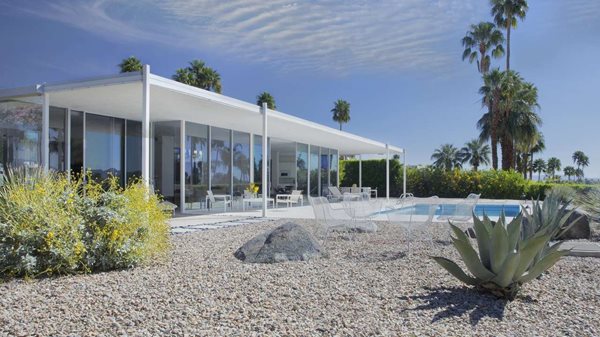
Cody Glass House, designed by architect William Cody in 1967. Image credit: freeinteriorimages.com
Modernist design was taken up with verve in Australia, and considering some of the typical features like solar passive design, indoor-outdoor spaces and raised structures, it’s not hard to see why. A lot of these features are optimal not only for Australia’s climate, but also our easygoing, outdoorsy way of life.
Here are some stunning homes that show just how well Australian architects were able to adapt modernism for the Australian environment.
Rose Seidler House in Wahroonga, NSW (Architect: Harry Seidler, 1950)

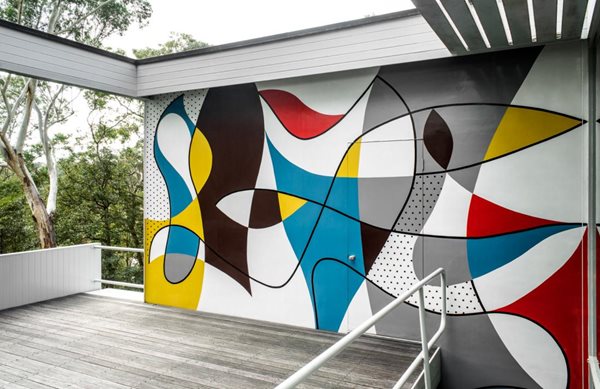
Image credit: Sydney Living Museums
This suburban bush home was designed by [then] fledgling architect Harry Seidler for his parents Rose and Max Seidler. It sits nicely on the site, appearing as if it’s floating above the ground, cut into the stone wall constructed below.
McCraith ‘Butterfly’ House in Dromana, Victoria (Architects: David Chancellor and William Patrick, 1955)
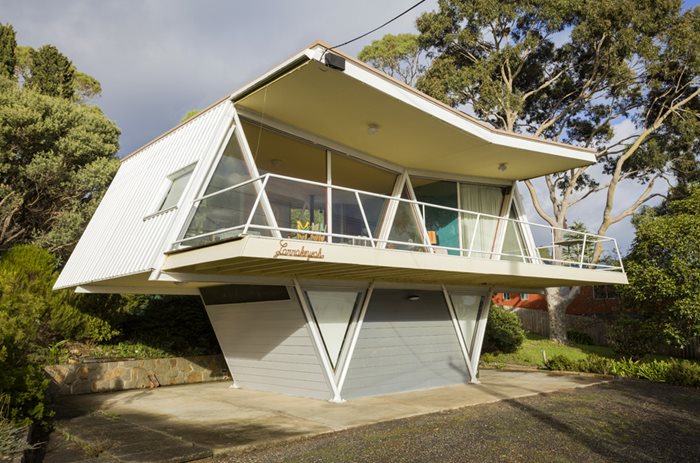
Image credit: Mornington Peninsula Regional Gallery
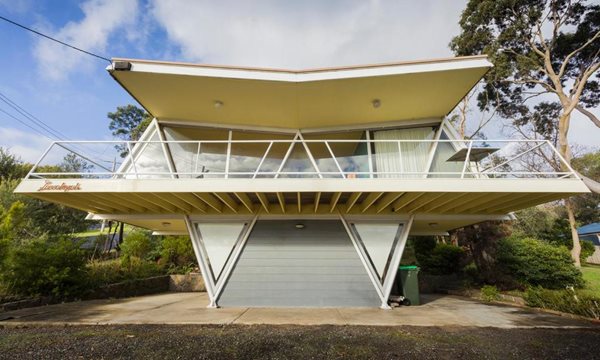
Image credit: RMIT
Nicknamed ‘Butterfly House’, this home features a distinct butterfly roof design and a large verandah that is synonymous with the Australian lifestyle. Its raised form, like a butterfly ready to take off, produces a fantastic view of its coastal surrounds.
Australian Academy of Science in Canberra, ACT (Architect: Roy Grounds, 1959)
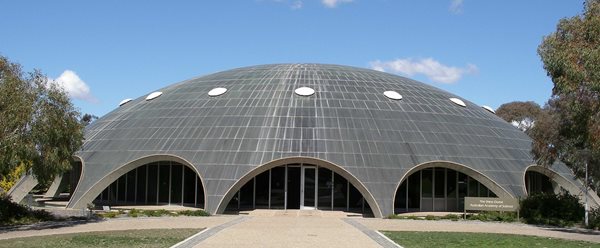
Image credit: Wikimedia Commons

Image credit: Pinterest
Also known as ‘Shine Dome’, the Australian Academy of Science building is highly unique, and a great representation of Canberra’s modernist architecture. The building was quite an experiment at the time, rather fitting for a science academy. Its open, circular form makes great use of the space and sits well in the landscape.
Harry & Penelope Seidler House in Killara, NSW (Architect: Harry Seidler, 1967)

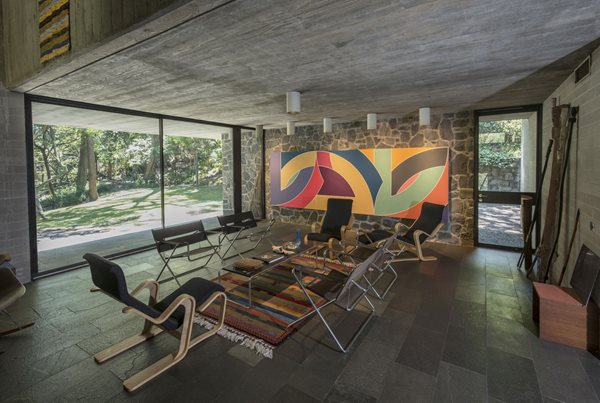

Image credit: Sydney Living Museums
From the outside, it looks like an intricate outcropping of rock. It appears grey, dark and extremely private. And while it is private and discrete from street level, it boasts stunning bushland views from the inside as well as a very natural feel that celebrates the Australian environment.

